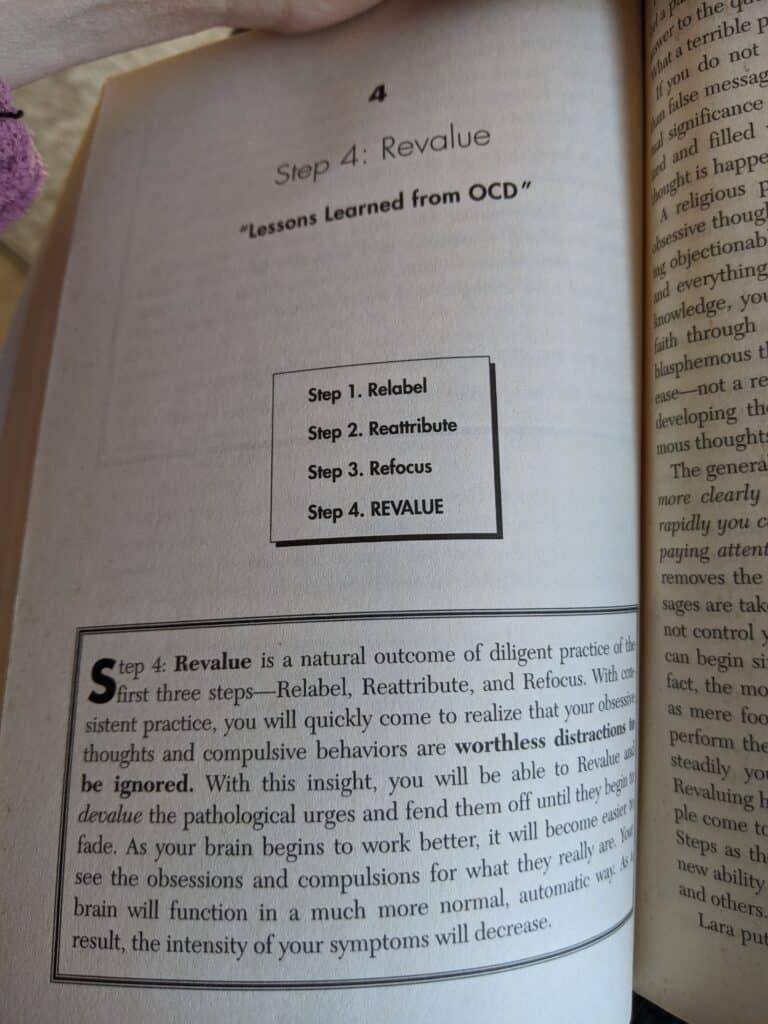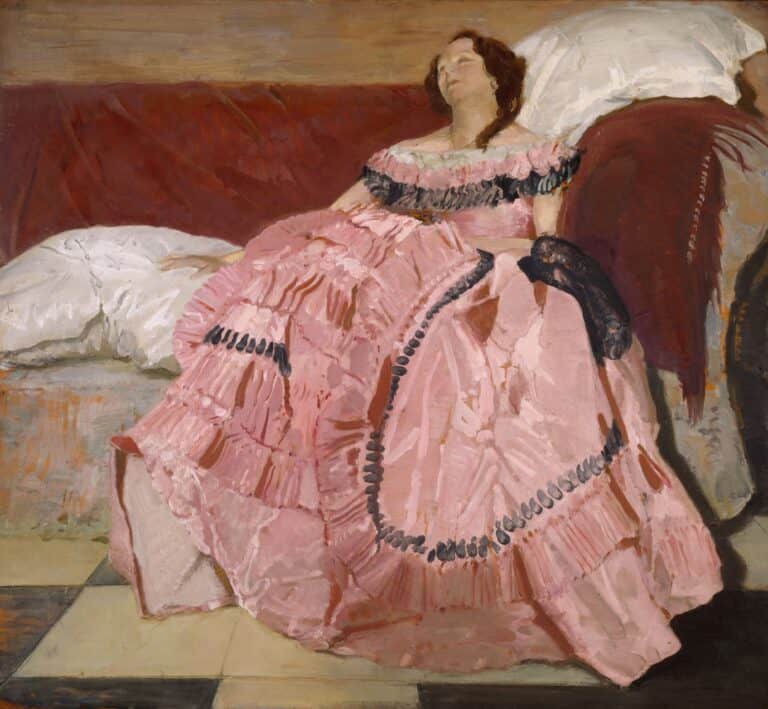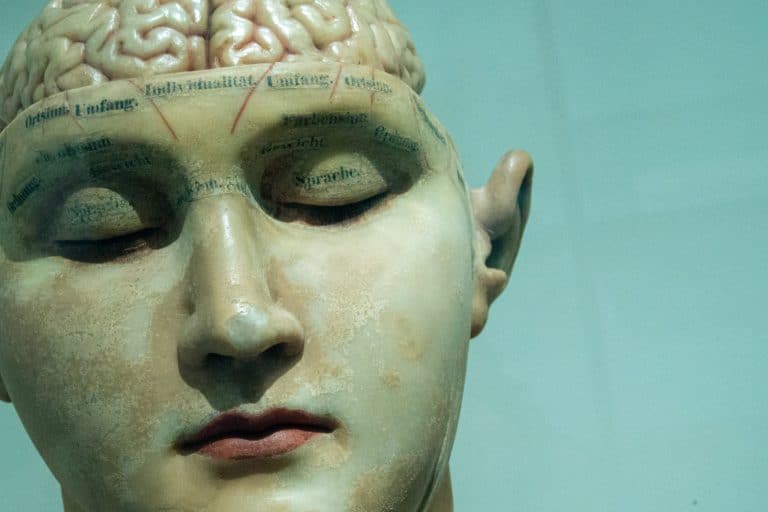What is Brain Lock? Four Steps to Manage OCD
Living with Obsessive-Compulsive Disorder (OCD) presents numerous challenges for individuals, affecting their daily lives and overall well-being. OCD is characterized by intrusive thoughts (obsessions) and repetitive behaviors (compulsions) that individuals feel compelled to perform in response to these thoughts.
These behaviors can significantly disrupt normal functioning and lead to distress. Effective management strategies and self-help techniques are essential for individuals with OCD to regain control over their lives and “free yourself from obsessive thoughts”.
One such method gaining recognition for its efficacy is the four-step approach developed by Jeffrey Schwartz, outlined in his book “Brain Lock.”
This method provides individuals with OCD practical techniques to rewire their brains and reduce the impact of obsessive thoughts and compulsive behaviors.
Through understanding the principles of neuroplasticity and cognitive-behavioral therapy (CBT), individuals can learn to challenge their OCD patterns and regain control over their thoughts and actions.
In this essay, we will explore the challenges faced by actual patients with OCD, the importance of effective management strategies, and delve into Jeffrey Schwartz’s four-step method as outlined in “Brain Lock,” offering insights into how it can empower individuals to overcome the grip of OCD and reclaim their lives. This is due to techniques used to alter the brain’s chemistry and behavior modification.
What is Brain Lock?
Brain Lock, a term coined by Jeffrey Schwartz, describes the cyclical nature of obsessive thoughts and compulsive behaviors in individuals with Obsessive-Compulsive Disorder (OCD).
This phenomenon reflects the way in which obsessive thoughts become entrenched in the individual’s mind according to various brain imaging tests, leading to a feeling of being mentally “locked” into a pattern of distressing thoughts and subsequent compulsive actions.
The effects of Brain Lock can be profoundly debilitating for those experiencing OCD. The constant intrusion of obsessive thoughts can consume their attention and disrupt their ability to focus on daily tasks or engage in meaningful activities.
Compulsive behaviors, performed in response to these thoughts, can consume significant amounts of time and energy, interfering with work, relationships, and overall quality of life. Additionally, the distress caused by OCD symptoms can lead to feelings of shame, guilt, and isolation, further exacerbating the individual’s suffering.
Overall, Brain Lock explains the overwhelming grip that OCD can have on an individual’s mind, trapping them in a cycle of distressing thoughts and behaviors. Breaking free from this cycle requires effective management strategies and interventions that empower individuals to challenge their OCD patterns and regain control over their lives.
The Four Steps of the Brain Lock Method for Managing OCD

The Brain Lock method, developed by Jeffrey Schwartz, consists of four key steps aimed at helping individuals manage and overcome OCD symptoms by rewiring their brains.
These steps work together to disrupt the cycle of obsessive thoughts and compulsive behaviors characteristic of OCD, ultimately empowering individuals to regain control over their diminished lives.
Relabel
The first step in the Brain Lock method involves relabeling the intrusive thoughts and urges associated with OCD. Instead of viewing these thoughts as accurate reflections of reality or as signals to engage in compulsive behaviors, individuals learn to identify them as symptoms of OCD.
By relabeling these thoughts as obsessions, individuals can distance themselves from their content and recognize them as products of their condition rather than as valid concerns. This shift in perspective helps to reduce the emotional impact of the thoughts and undermines their power over the individual.
Reattribute
Once intrusive thoughts and urges have been relabeled as symptoms of OCD, the next step is to reattribute their cause. Individuals with OCD often believe that their obsessions are rooted in legitimate concerns or fears, leading them to engage in compulsive behaviors to alleviate their anxiety. A definitive classic representation of obsessive compulsive disorder.
However, through the reattribution step, individuals learn to recognize that these thoughts are the result of a neurobiological condition rather than genuine threats. this is greatly discussed in Brain lock twentieth anniversary edition.
By understanding that their brain is misfiring and producing these thoughts involuntarily, individuals can separate themselves from the content of the obsessions and resist the urge to engage in compulsive behaviors.
Refocus
Refocusing involves redirecting attention away from the obsessive thoughts and compulsive urges toward constructive and meaningful activities. Instead of dwelling on the content of their obsessions or giving in to the urge to perform compulsive behaviors, individuals learn to engage in activities that align with their values and goals.
By refocusing their attention on productive tasks or enjoyable hobbies, individuals can break free from the grip of OCD and reclaim control over their thoughts and actions. This step helps to weaken the neural pathways associated with OCD and strengthen healthier patterns of thinking and behavior.
Revalue
The final step in the Brain Lock method is revaluing, which involves reassessing the significance and importance of obsessive thoughts and compulsive urges. Instead of assigning exaggerated importance to these thoughts and behaviors, individuals learn to recognize them as fleeting and insignificant.
By devaluing the obsessions and compulsions, individuals can reduce their emotional impact and resist the urge to engage in ritualistic behaviors. This step reinforces the understanding that OCD is a treatable condition and empowers individuals to prioritize their well-being and pursue fulfilling lives free from the constraints of OCD.
In summary, the four steps of the Brain Lock method—relabel, reattribute, refocus, and revalue—work together to help individuals manage and overcome OCD by disrupting the cycle of obsessive thoughts and compulsive behaviors. By implementing these steps, individuals can rewire their brains, weaken the grip of OCD, regain control over their lives and defeat obsessive compulsive behavior.
How to Start Implementing the Four-Step Method
To start implementing the four-step method of the bestseller Brain Lock approach on your own, consider the following tips and strategies:
Educate Yourself
Gain a thorough understanding of OCD and the Brain Lock method by reading Jeffrey Schwartz’s book “Brain Lock” or other reputable resources on the subject. Educating yourself about the underlying mechanisms of OCD and how the Brain Lock method works will empower you to effectively implement the four steps.
Identify Obsessive Thoughts and Compulsive Behaviors
Begin by identifying your specific obsessive thoughts and compulsive behaviors. Keep a journal to track when these thoughts occur and the compulsive actions you feel compelled to take in response. Recognizing patterns and triggers will help you target them more effectively.
Revalue Obsessive Thoughts and Compulsive Behaviors
Reassess the significance and importance of your obsessive compulsive behavior. Remind yourself that they are fleeting and insignificant in the grand scheme of things. Focus on prioritizing your overall well-being and living a fulfilling life free from the constraints of OCD.
In Brain Lock, Jeffrey M. Schwartz, M.D., presents a simple four-step method for overcoming OCD that is so effective, it’s now used in academic treatment centers throughout the world. It has helped 400,000 people defeat obsessive compulsive disorder.
Conclusion
It’s important to note that while the revolutionary method of Brain Lock twentieth anniversary can be a valuable self-help tool and cognitive self therapy, it is intended to be used in conjunction with professional help from a therapist or mental health professional. A therapist can provide guidance, support, and personalized interventions to supplement the four-step method and address any underlying issues contributing to OCD.
Additionally, therapy can help individuals with real life stories navigate the challenges of symptoms invariably return, develop coping strategies, and maintain progress over time. If you’re struggling to implement the Brain Lock free method on your own, don’t hesitate to seek professional assistance.





